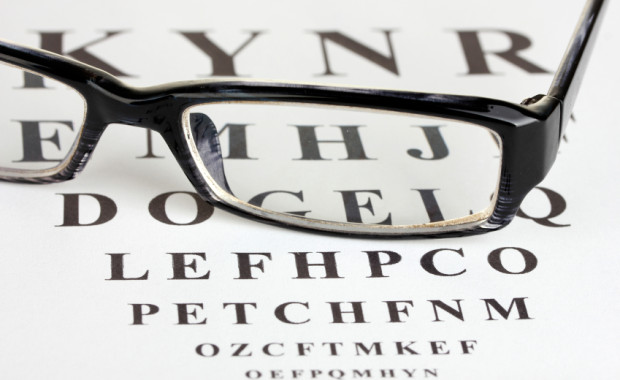A fascinating paper.
An evolutionary analysis of the aetiology and pathogenesis of juvenile-onset myopia
ABSTRACT
The available evidence suggests that both genes and environment play a crucial role in the development of juvenile-onset myopia. When the human visual system is examined from an evolutionary perspective, it becomes apparent that humans, living in the original environmental niche for which our species is genetically adapted (as hunter-gatherers), are either slightly hypermetropic or emmetropic and rarely develop myopia. Myopia occurs when novel environmental conditions associated with modern civilization are introduced into the hunter-gatherer lifestyle. The excessive near work of reading is most frequently cited as the main environmental stressor underlying the development of myopia.
In this review we point out how a previously unrecognized diet-related malady (chronic hyperinsulinaemia) may play a key role in the pathogenesis of juvenile-onset myopia because of its interaction with hormonal regulation of vitreal chamber growth.
Link to the original paper:
An evolutionary analysis of the aetiology and pathogenesis of juvenile-onset myopia
Loren Cordain, S. Boyd Eaton, Jennie Brand Miller, Staffan Lindeberg and Clark Jensen
Article first published online: 12 MAR 2003
DOI: 10.1034/j.1600-0420.2002.800203.x

